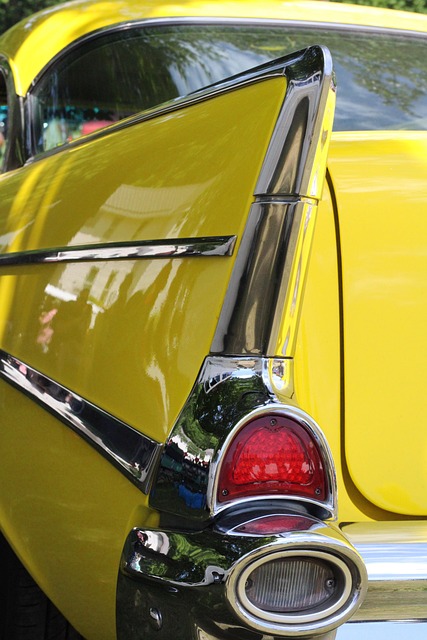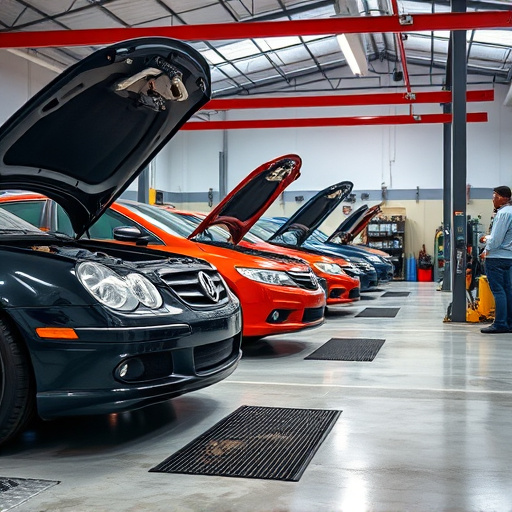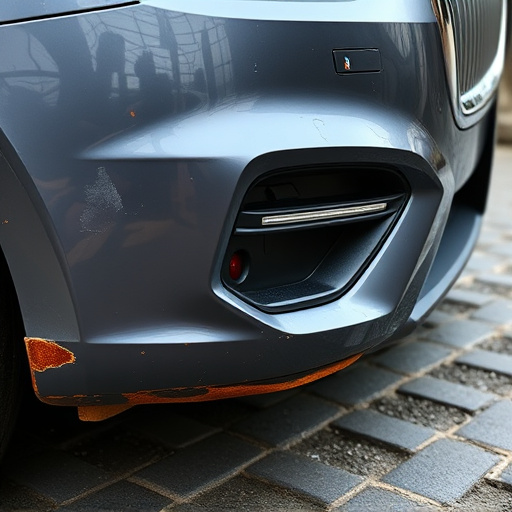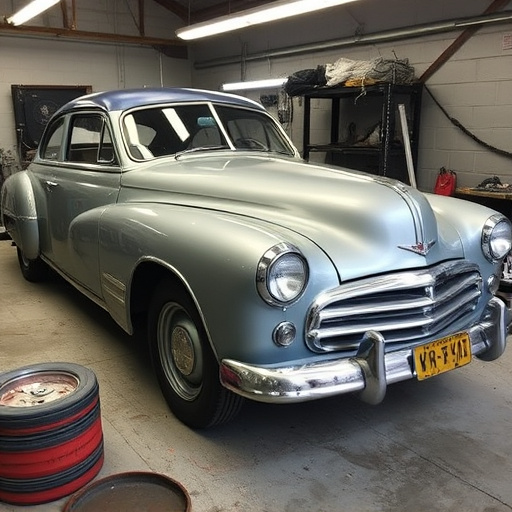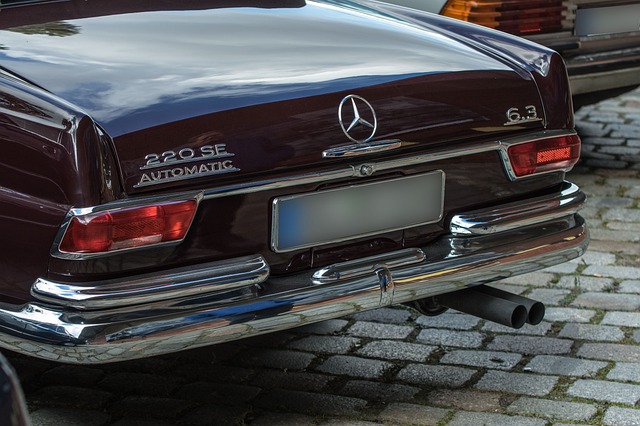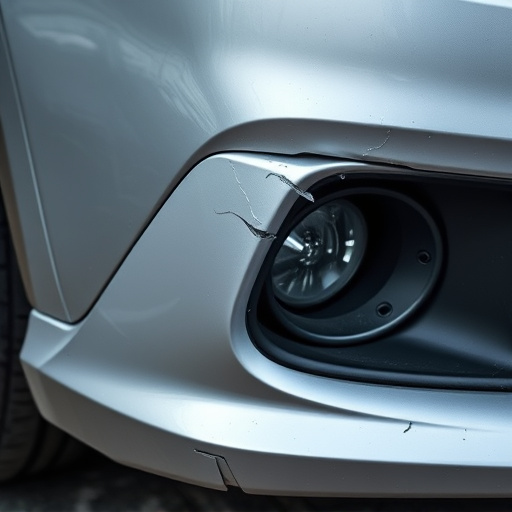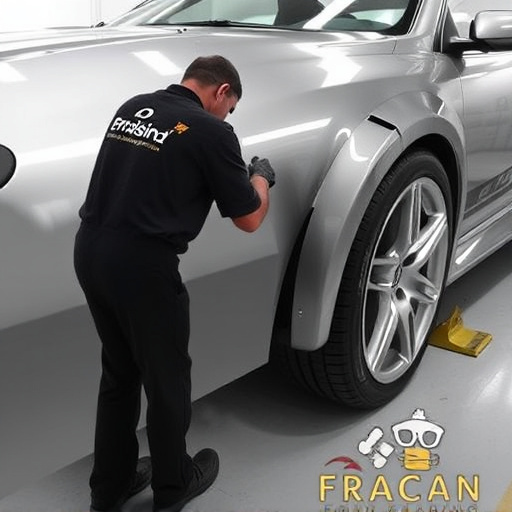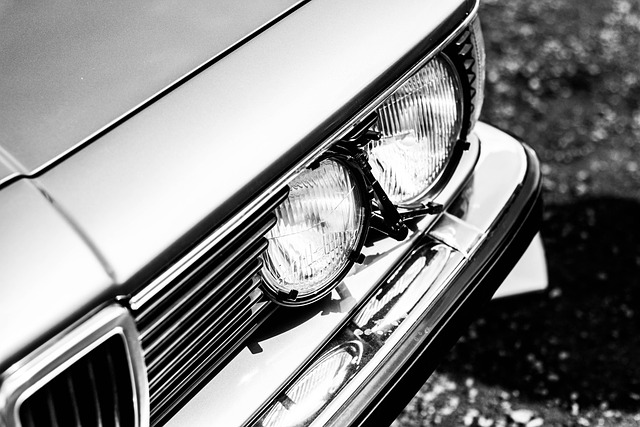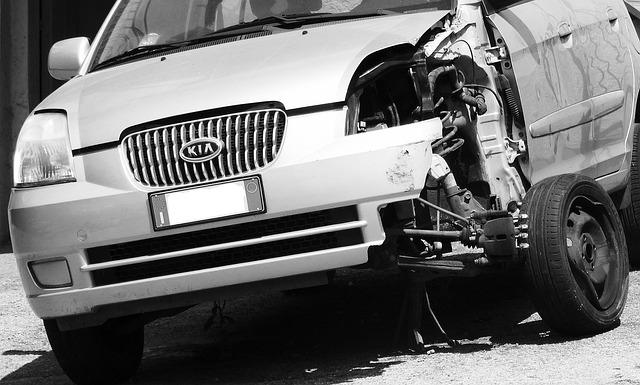Guaranteed collision repair has been transformed by advanced technologies, including robotics, CAD, laser technology, lightweight composites, and AI, leading to faster, more precise, and eco-friendly repairs. Modern collision centers leverage these innovations to offer enhanced accuracy, reduced human error, real-time updates, and minimal material waste, ensuring customer satisfaction and setting new standards for vehicle bodywork excellence. Automation and AI are driving future advancements, promising swift, sustainable, and high-quality guaranteed collision repair services.
The future of guaranteed collision repair in the automotive industry is shaping up to be a transformative era driven by technological innovations. As consumer expectations soar for transparent, efficient, and high-quality services, advanced equipment, materials, automation, and AI are revolutionizing the way repairs are executed. This article delves into these evolving trends, exploring how eco-friendly practices and a shift towards a circular economy are also redefining collision repair, ensuring not just superior service but also sustainability.
- The Evolution of Collision Repair Technology
- – Exploring advances in equipment and materials
- – The role of automation and AI in precision repairs
The Evolution of Collision Repair Technology

The evolution of collision repair technology has transformed the automotive industry, paving the way for faster, more efficient, and guaranteed collision repair services. In the past, auto bodywork was a labor-intensive process, relying heavily on skilled technicians and manual techniques. However, with advancements in robotics, computer-aided design (CAD), and laser technology, the entire landscape has changed. Today’s modern collision centers utilize sophisticated equipment that can precisely measure and mitigate damage, ensuring minimal material waste and maximizing structural integrity of vehicles.
This technological revolution not only speeds up the repair process but also enhances accuracy. Automated systems reduce human error, while advanced materials like lightweight composites and high-strength steels enable faster healing times and superior performance. Moreover, digital technologies allow for real-time updates on repair progress, keeping customers informed and satisfied. As the industry continues to innovate, guaranteed collision repair becomes more than just a service—it’s an assurance of safety, quality, and convenience for vehicle owners.
– Exploring advances in equipment and materials
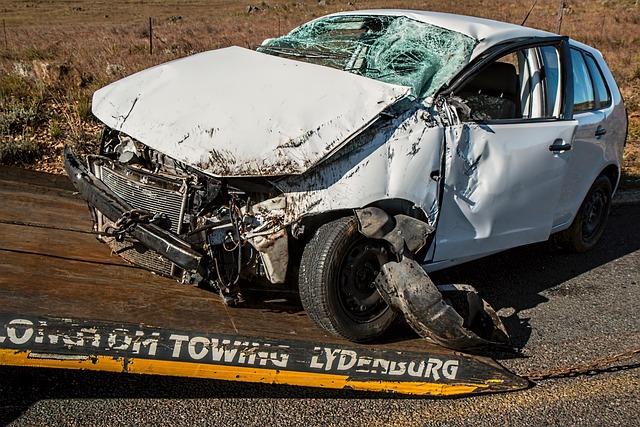
The future of guaranteed collision repair is being shaped by remarkable advancements in equipment and materials. Modern technology offers more precise tools that enable faster and more accurate repairs, enhancing efficiency and reducing costs for both consumers and automotive businesses. From laser cutting systems to advanced robotic arms, these innovations are revolutionizing body shop services, ensuring meticulous car body restoration.
Sustainable materials are also gaining traction, with many manufacturers developing eco-friendly alternatives to traditional components. This shift towards greener options not only reduces environmental impact but also opens up new possibilities for creative car body restoration techniques. As the industry continues to evolve, these developments promise a future where guaranteed collision repair is both swift and environmentally conscious, redefining the standard of vehicle bodywork excellence.
– The role of automation and AI in precision repairs
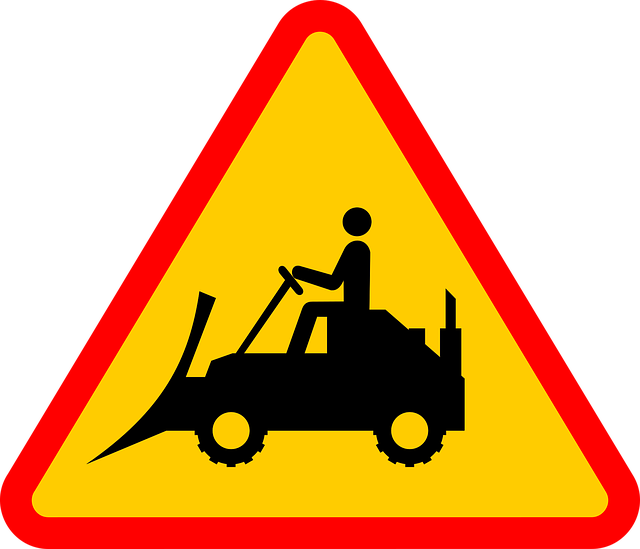
The future of guaranteed collision repair in the automotive industry is heavily influenced by automation and artificial intelligence (AI). These technologies are revolutionizing the way car body repairs are carried out, ensuring precision and efficiency like never before. Automated systems can handle complex tasks, such as welding and panel replacement, with remarkable accuracy, minimizing errors and improving overall quality.
AI algorithms also play a crucial role in diagnosing and assessing damage, particularly in paintless dent repair techniques. By analyzing detailed images and data, AI can detect even the subtlest imperfections, enabling technicians to perform precise repairs that restore cars to their pre-accident condition. This not only enhances customer satisfaction but also contributes to more sustainable auto maintenance practices by reducing waste and material usage in car body repair processes.
The future of guaranteed collision repair in the automotive industry is bright, driven by technological advancements that promise greater precision, efficiency, and speed. As we’ve seen, innovations in equipment, materials, and automation, aided by AI, are revolutionizing the way collisions are repaired. These developments not only enhance the quality of repairs but also contribute to reduced costs and shorter turnaround times for vehicle owners. With these trends continuing, the industry is poised to deliver even higher standards of guaranteed collision repair, ensuring that vehicles return to the road safer and more aesthetically pleasing than ever before.
